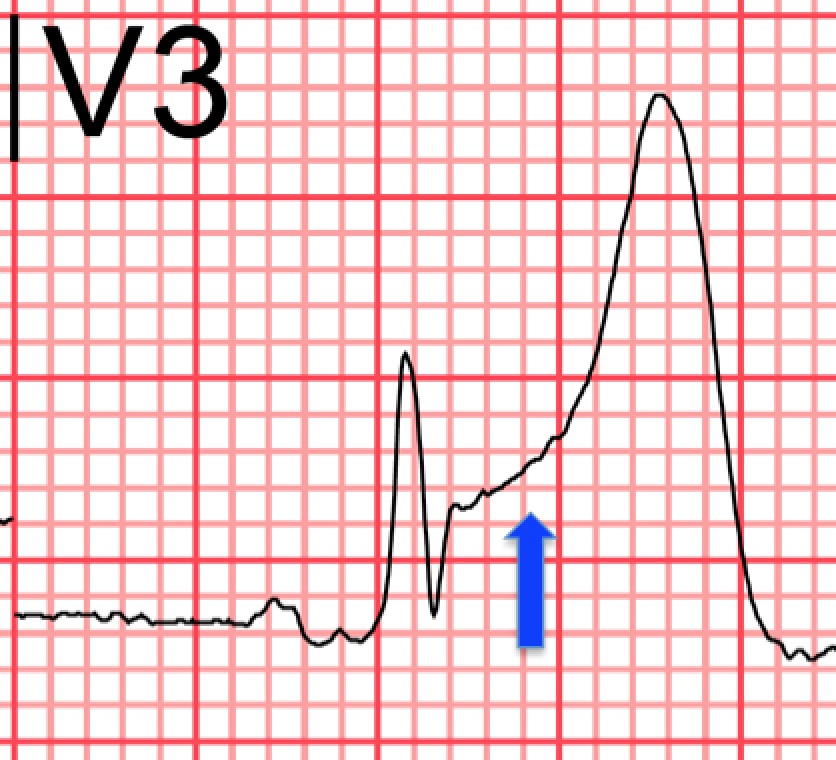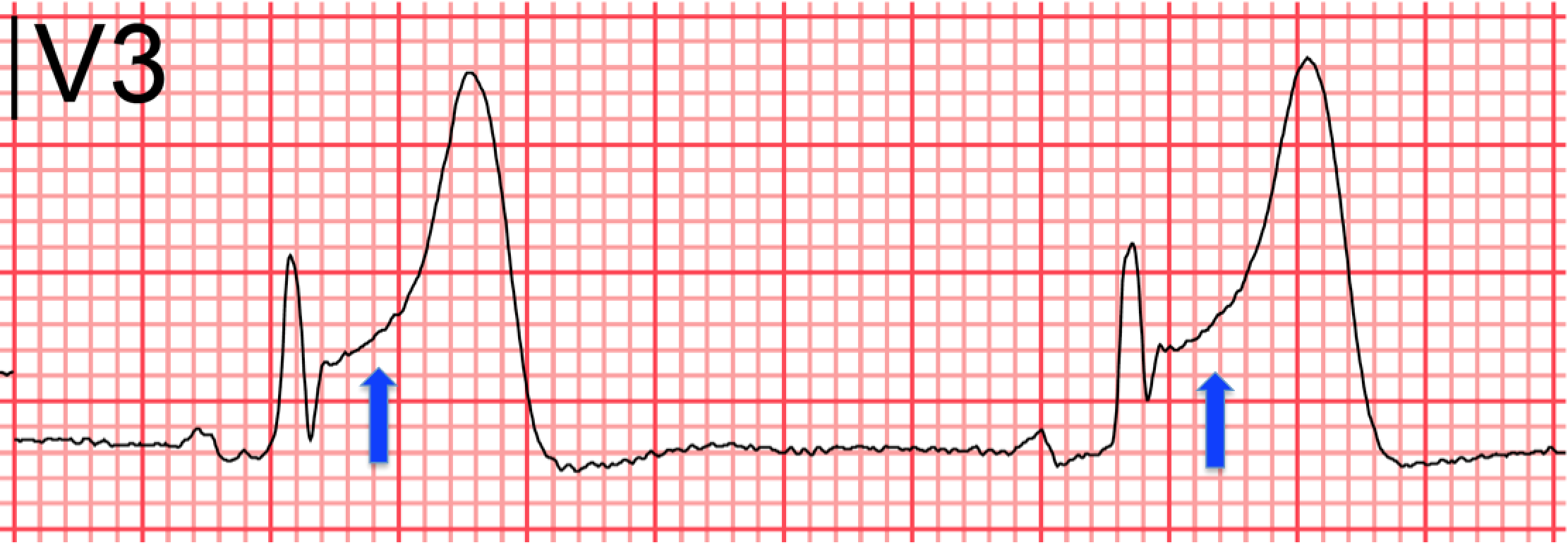
ST-Elevation Myocardial Infarction: What is a STEMI?
ST-Elevation Myocardial Infarction (STEMI) is a very serious type of heart attack during which one of the heart’s major arteries (one of the arteries that supplies oxygen and nutrient-rich blood to the heart muscle) is blocked. ST-segment elevation is an abnormality detected on the 12-lead ECG
It is a profoundly life-threatening medical emergency and usually associated with a disease process called atherosclerosis (coronary artery disease).
Patients experiencing acute STEMI are at risk for developing life-threatening arrhythmias like ventricular fibrillation which causes sudden cardiac arrest, sometimes referred to as a “massive heart attack”
These patients require cardiopulmonary resuscitation (CPR) and defibrillation — a “shock” to restore a normal heart rhythm.
Signs and symptoms of a STEMI include:
- Chest pain or discomfort
- Shortness of breath
- Dizziness or light-headedness
- Nausea or vomiting
- Diaphoresis (sweatiness) unexplained by ambient temperature
- Palpitations (uncomfortable awareness of the heart beat)
- Anxiety or a feeling of impending doom
Some patients experience denial and dismiss their symptoms as heartburn or indigestion. When this happens they may delay seeking care for hours.
STEMI can be treated with “clot-busting” drugs called thrombolytics (also called fibrinolytics) or with a primary percutaneous coronary intervention (PCI) in a cardiac catheterization lab.
This procedure is also referred to as angioplasty or stenting.
There is a direct relationship between the amount of time a heart artery is blocked and the severity of the heart attack and odds of survival.
Cardiologists have a mantra that “time is muscle” to express the importance of early treatment.
CARDIAC ARREST AND DEFIBRILLATORS: VISIT THE ZOLL STAND AT EMERGENCY EXPO
One of the quality measures for STEMI care is the “door-to-balloon” (D2B) time or the amount of time it takes to successfully re-open the occluded artery
The clock starts when the patient arrives at the hospital and stops when the balloon is inflated in the cardiac cath lab (which is part of the procedure).
In recent years the American Heart Association has encouraged a new quality measure called “first medical contact-to-balloon”.
The goal is to have the procedure completed within 90 minutes of EMS arriving at the patient’s side. Some argue that the clock should start with the 9-1-1 call.
There may be times when coronary artery disease is so severe that angioplasty is not successful. On those occasions the patient may require coronary artery bypass graft (CABG) — pronounced “cabbage” – also referred to generically as “open heart surgery”. When someone says “triple bypass” it means that all 3 of the heart’s main arteries required surgical correction or “revascularization.”
The 12-lead electrocardiogram or “ECG” is an important diagnostic test that is used to screen patients who present with signs and symptoms of a possible heart attack.
EMTs and paramedics may perform this test in the patient’s home. They are looking for ST-segment elevation on the 12-lead ECG.
In many systems the ECG will be transmitted to the hospital so that physicians can read the ECG while the patient is still out in the field. Interpreting an ECG can be difficult because a heart attack is not the only condition that can cause ST-segment elevation.
“Code STEMI” is a phrase used in many EMS systems and emergency departments that essentially means “we have identified a patient experiencing an ST-elevation myocardial infarction (STEMI) and we are formally requesting that a life-saving team and equipment be assembled immediately.”
On nights, weekends or holidays this may mean calling in the interventional cardiologist and cath lab personnel in from home (while the STEMI patient is still in the field with EMTs and paramedics). Other times it means bypassing the closest hospital for the most appropriate hospital (one capable of prompt, expertly performed primary PCI).
Read Also:
Paediatrics, At The Bambino Gesù The First Heart Transplant With Covid+ Donor And Negative Recipient
Heart Failure: Causes, Symptoms, Tests For Diagnosis And Treatment



